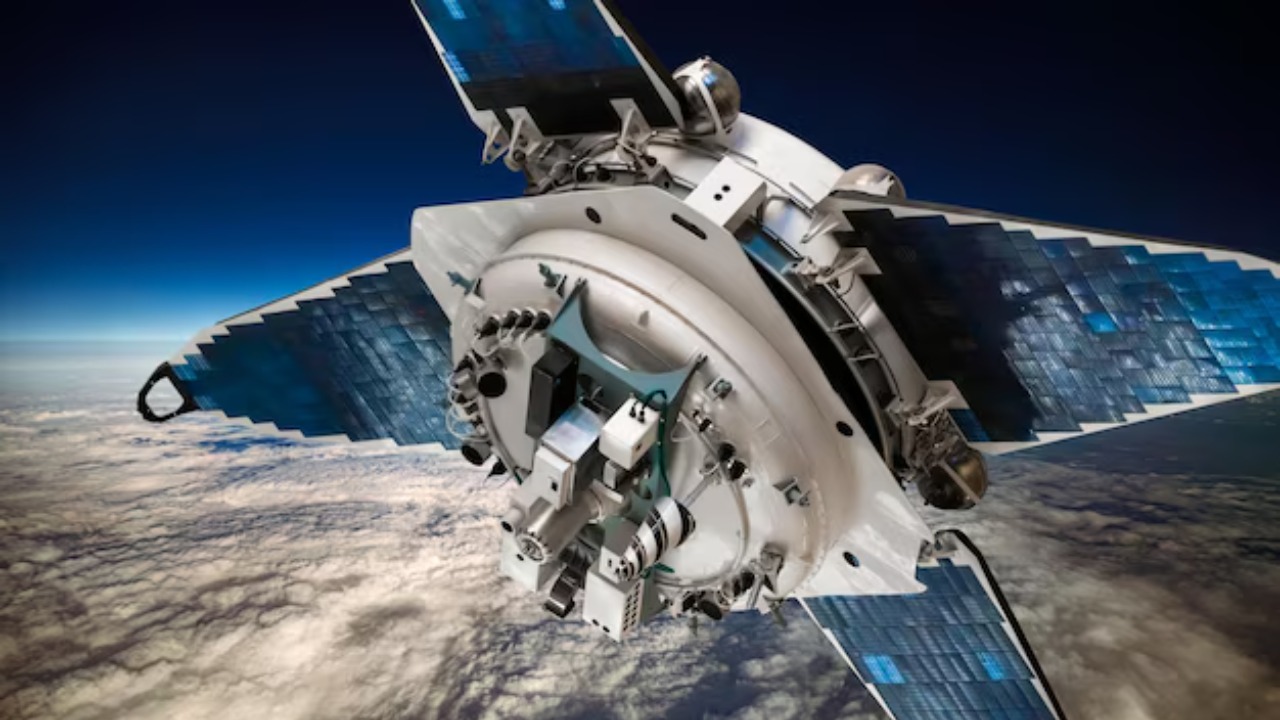
Ion thrusters represent a groundbreaking advancement in space propulsion technology, offering a more efficient and sustainable way to keep satellites in orbit. By using ions to generate thrust, these engines provide a significant boost to satellite longevity and performance, revolutionizing satellite design and operation.
The Science Behind Ion Thrusters
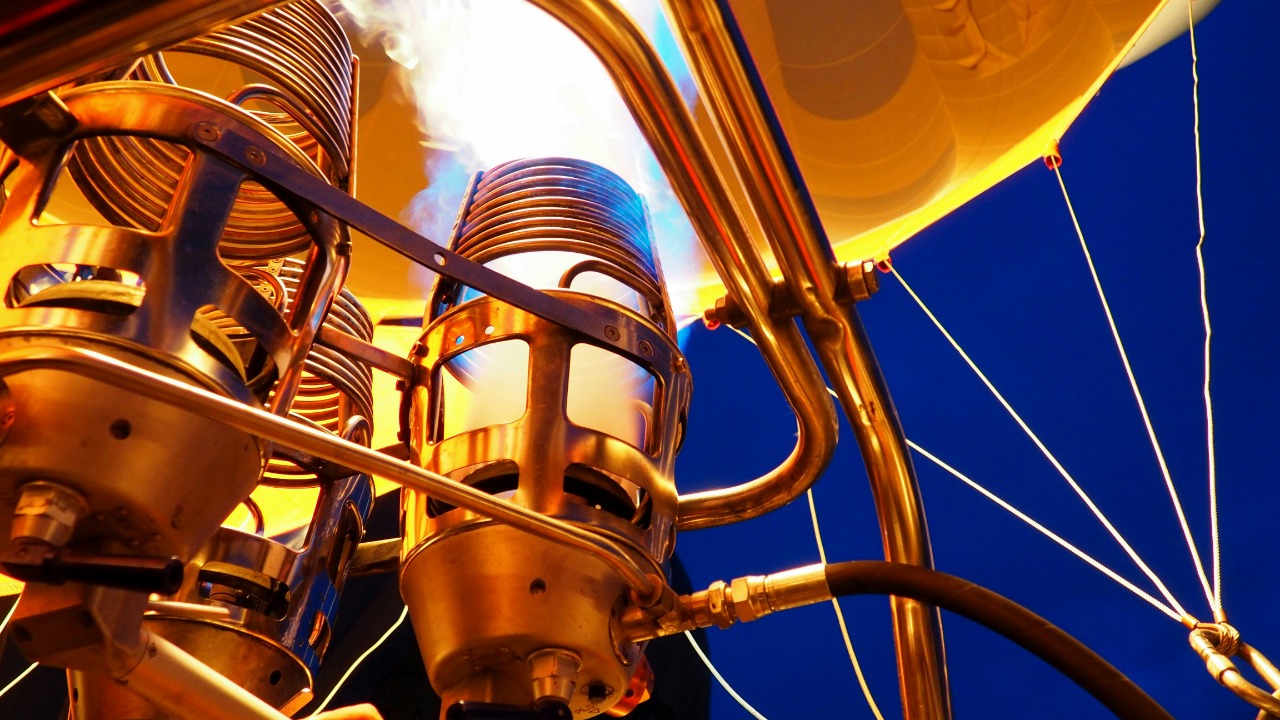
At the heart of ion thruster technology lies the ionization process, where atoms are converted into ions. This process involves stripping electrons from neutral atoms, resulting in positively charged ions. These ions are then manipulated using electric and magnetic fields to generate thrust. The ionization process is crucial as it provides the fundamental components—ions—that propel the thruster forward.
Thrust generation in ion engines occurs when these ions are accelerated by electric and magnetic fields. The positively charged ions are expelled at high velocities, creating a reaction force that propels the spacecraft in the opposite direction. This method of propulsion differs significantly from traditional chemical rockets, which rely on explosive chemical reactions to produce thrust. Ion thrusters are renowned for their efficiency and performance, offering a much better thrust-to-weight ratio and fuel economy, thus extending the operational capabilities of satellites.
Advantages of Ion Thrusters for Satellites
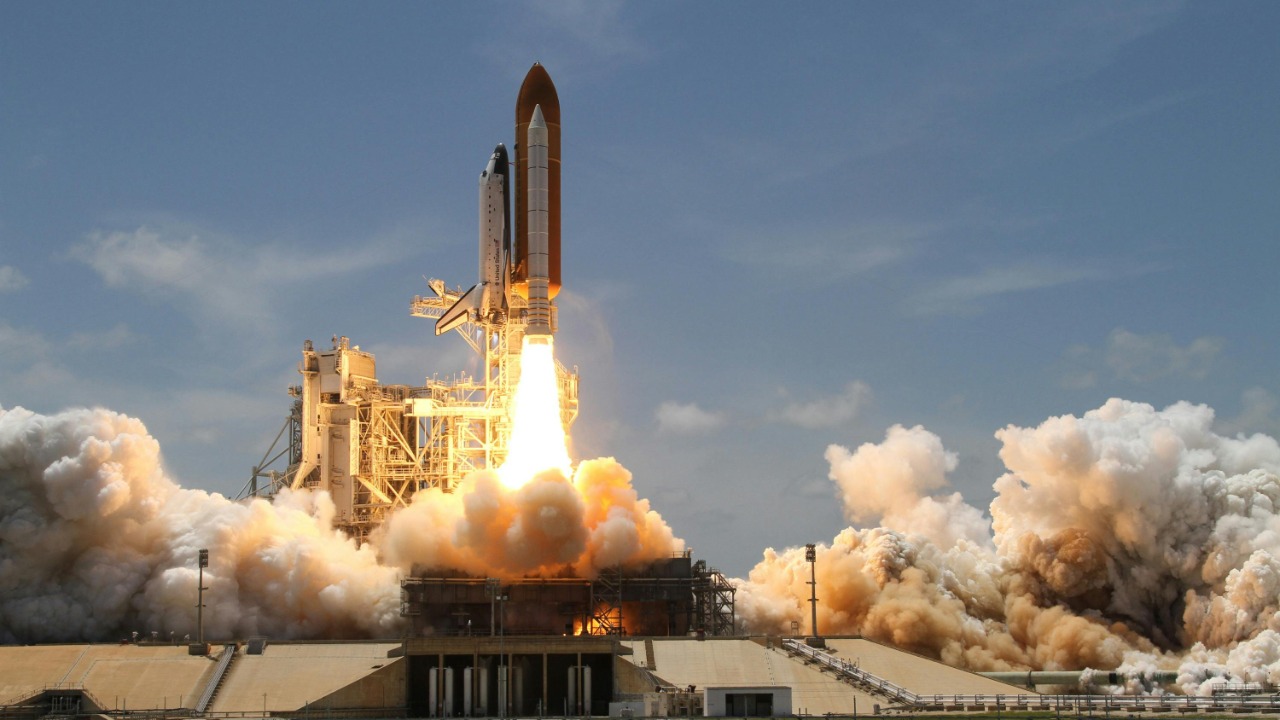
One of the primary advantages of ion thrusters is their ability to extend the mission durability of satellites. By using propellant more efficiently, ion thrusters enable satellites to maintain their orbits over extended periods without the need for large quantities of fuel. This efficiency not only extends the lifespan of satellites but also allows for continuous thrust, which is invaluable for long-term missions.
Ion thrusters also offer unparalleled precision and control. The ability to fine-tune the thrust levels allows for precise maneuvering and station-keeping, critical for maintaining optimal satellite positioning and avoiding potential collisions. This precision translates to improved reliability and performance for various satellite applications.
In terms of cost, the efficiency of ion thrusters contributes to reduced launch weights, leading to lower overall mission costs. With less fuel required to achieve the same objectives, the reduced launch costs make ion propulsion an attractive option for both governmental and commercial space missions.
Challenges and Limitations
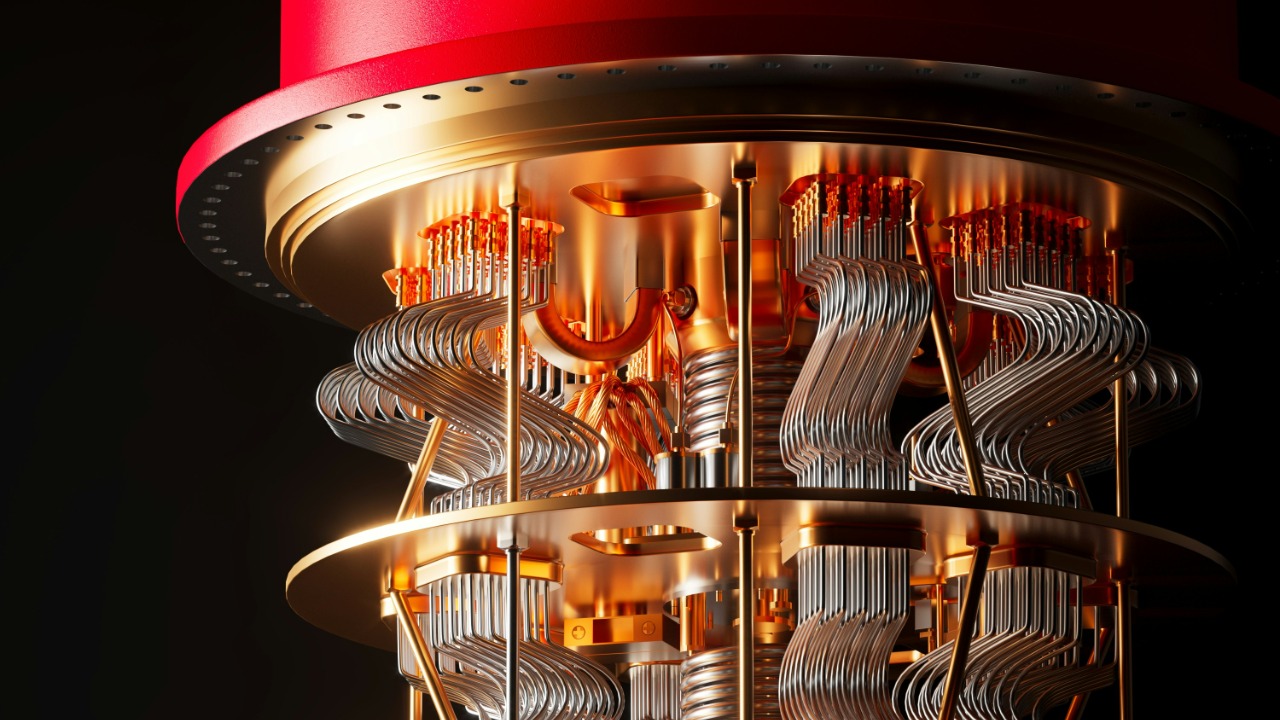
Despite their numerous advantages, ion thrusters face significant challenges, particularly in terms of power requirements. Ion engines demand a substantial amount of energy to ionize atoms and accelerate ions. Providing sufficient power in space is a non-trivial challenge, often requiring innovative solutions like solar panels or nuclear power sources to meet these high energy demands.
Another limitation is the relatively low thrust levels of ion engines compared to chemical rockets. While highly efficient, ion thrusters produce less force, which can impact mission planning and satellite design. This characteristic necessitates careful consideration of mission timelines and objectives, as ion-powered spacecraft may require longer periods to reach desired speeds or orbital positions.
Technological complexity is also a factor, as the development and deployment of ion thruster technology involve intricate engineering challenges. Ensuring reliability and ease of maintenance in the harsh environment of space remains a priority for engineers and scientists working to advance this technology.
NASA’s Role in Advancing Ion Propulsion
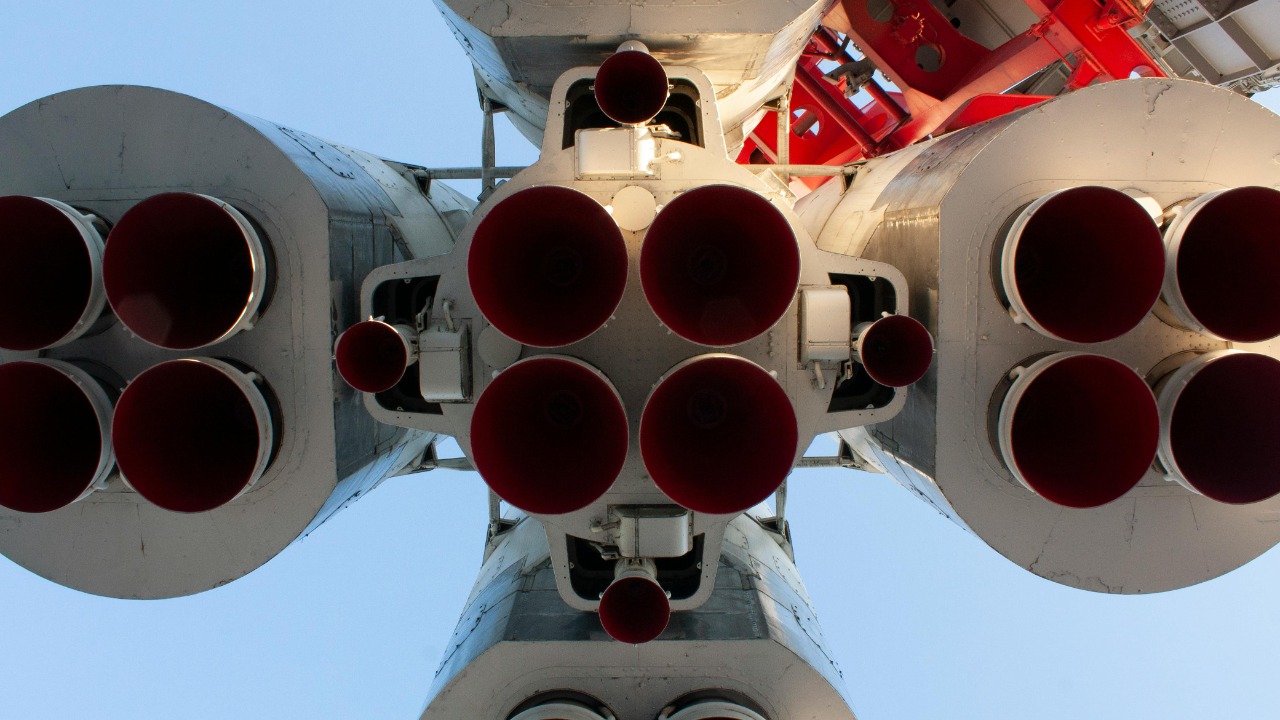
NASA has been a pioneer in the research and development of ion propulsion technology. Through its numerous research initiatives and partnerships with industry, NASA has significantly contributed to the evolution of ion thrusters. This collaboration has led to advancements that enhance the efficiency and reliability of ion propulsion systems.
One of the most notable examples of NASA’s successful application of ion thrusters is the Dawn spacecraft. This mission utilized ion propulsion to explore the asteroid belt, demonstrating the capability of ion engines to support long-duration space missions. The success of Dawn has paved the way for future missions that rely on ion propulsion systems.
NASA continues to push the boundaries of ion propulsion technology, with ongoing efforts to enhance capabilities for future missions, including deep-space exploration. By advancing ion thruster technology, NASA aims to enable more ambitious missions, potentially including manned missions to Mars and beyond.
Impact on the Future of Space Exploration

Ion propulsion technology is poised to reshape the future of space exploration by enabling long-duration missions. The efficiency and sustainability of ion thrusters make them ideal for missions that require extended operational periods, such as interplanetary travel or deep-space exploration. As the technology advances, it holds the promise of making manned missions to Mars a reality.
Sustainability in space is another important aspect, as ion thrusters contribute to reducing space debris and promoting the long-term use of satellites. By enabling more efficient use of resources and extending the lifespan of satellites, ion propulsion supports sustainable space practices.
The commercial space industry is also feeling the influence of advancements in ion propulsion. As commercial entities seek to enhance their satellite capabilities, ion thrusters offer new opportunities for business growth and innovation. The potential for reduced costs and increased mission capabilities makes ion propulsion an attractive option for commercial satellite operators seeking to expand their presence in space
.